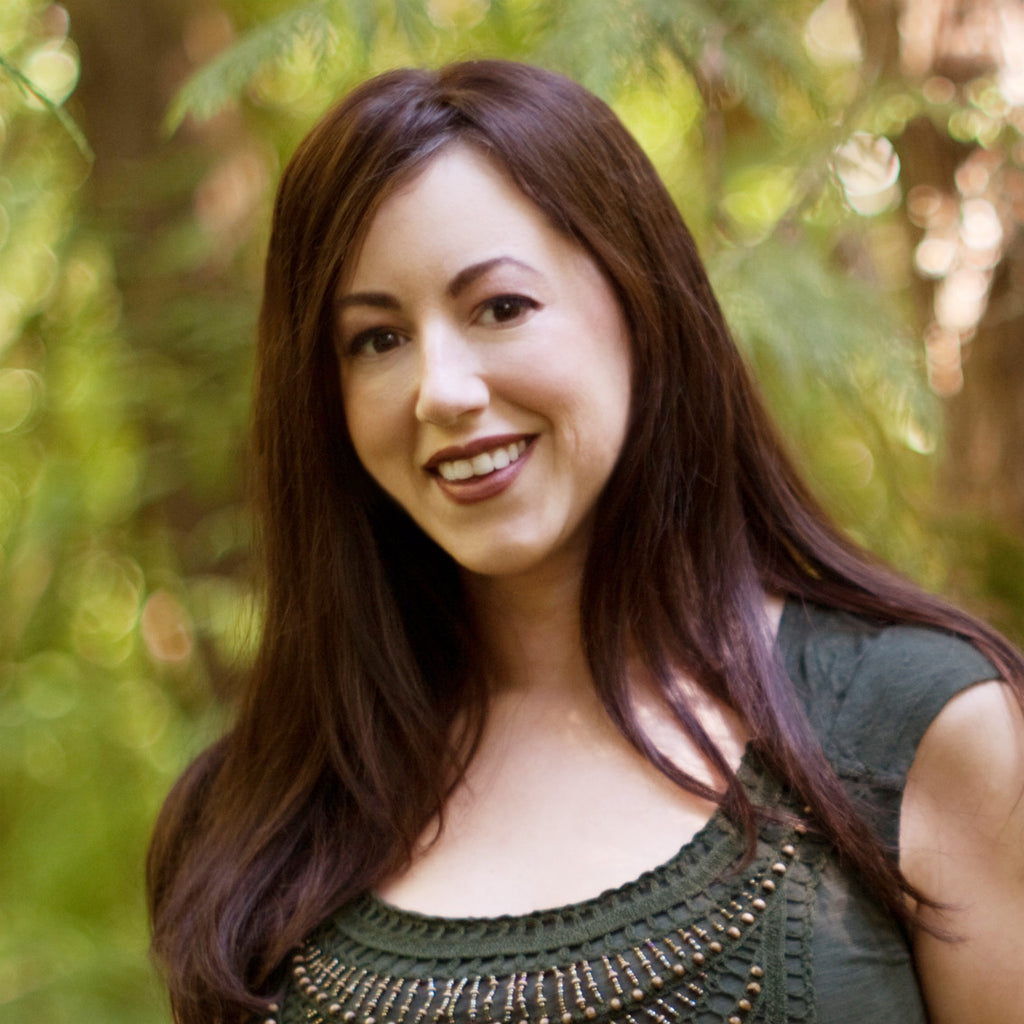
Laura Worthington
The first thing typographer Laura Worthington made was a paper doll collection when she was eight years old. “I designed several dolls and hundreds of clothes for them.” But by the time she was nine, her interest in calligraphy was sparked. “It started with penmanship and I spent my youth lettering certificates, envelopes, and other stuff.” She studied graphic design in college “as a means to do more commercial lettering, but there was never enough of those kinds of projects to satisfy my love of letters.” After a great deal of prodding from a typographer friend, Laura finally decided to create her first typeface. “And now I spend my days designing faces, all of which are based on my own hand lettering or sketches.”
One of her favorite projects was Samantha Script. “I had decided early on to design as many alternate glyphs as I could come up with. It was really challenging, but pushed me creatively. Charcuterie was also challenging — designing several different type styles, ornaments, catchwords, and frames to all go together.”
Creative freedom
Comfort and independence are key to Laura’s creative freedom. “Because I work from home with virtually no clients or deadlines, I can live my life the way I want. Having this freedom means I can work whenever inspiration strikes me. And living in the woods with relatively few neighbors offers peace, quiet, and beautiful surroundings.”
Aside from her surroundings and lifestyle, Laura’s influences include “all of the great lettering artists and traditional calligraphers, past and present. I live and die by theUniversal Penman, and love checking out what Jill Bell, John Stevens, Iskra Johnson, Stephen Rapp, and many others are up to.” She also follows trends in fashion, color, textiles, patterns, and illustration. “I believe the more sources and influences you come into contact with, the better!”
What drivers her as a maker? “The need to leave something behind, to express myself, and to make things that help others communicate visually.”